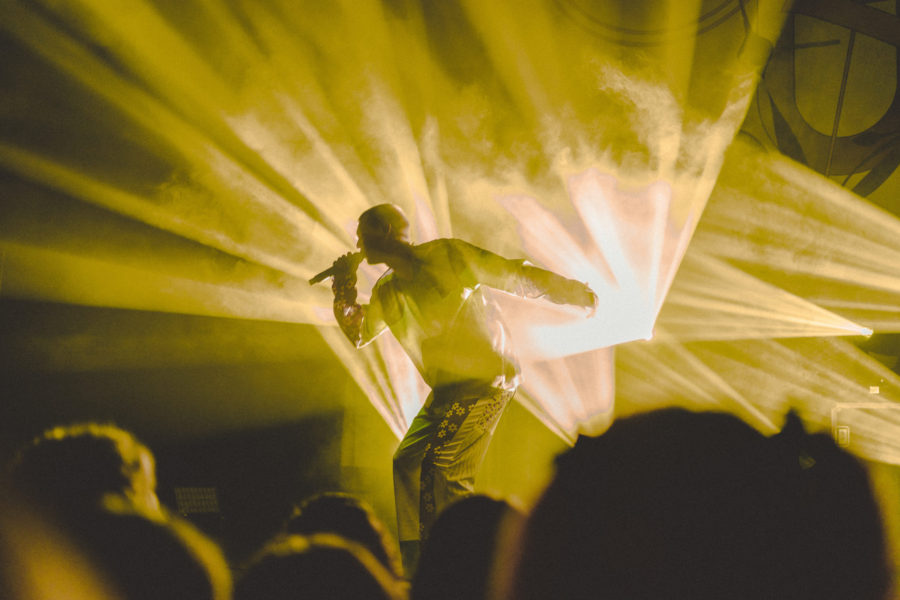How To Get Into Rap Photography
How To Get Into Rap Photography
Rap has always had a striking image since it originated in the Bronx in the 1970s. As much as the sounds of the tracks shook up the music world, the iconic pictures accompanying the music also struck a similar chord.
Thanks to its origins from the streets of New York, rap has presented opportunities for photographers to encapsulate feelings of power, determination, diversity, and success with some of the most stunning imagery.
Arguably more than any other genre of music, some of the pictures taken of rap artists go beyond what’s visible; the best shots have a sense of the music it’s accompanying. With the genre also having variations of style within too, that also translates into the photography.
No matter if it’s the images of Salt-n-Pepa taken by Janette Beckman, showing the rappers decked out in big gold chains, and carrying fake Louis Vuitton bags, cutting a path into the male-dominated world of rap. Or, it’s the seminal picture of Biggie Smalls wearing a crown, shot by Barron Claiborne in 1997, exuding greatness; each picture tells a story.
They’re such iconic representations of the time and the music that they have long inspired budding photographers to consider getting into the rap game. If you’re one of those people, but don’t know where to start, here’s our look at what you need to do to make the first step.
Rap Photography Equipment
The broad range of cameras available to a new photographer can be staggering, and choosing between something like a $12,000 Fujifilm GFX100 or a $300 Minolta MN53Z can be a challenge. Do you need to spend a fortune? Or can you get your gritty, urban shots without having to take out a mortgage on your home? One of the best options for those starting out would be the Sony a7III because it’s easy enough for the beginner to use and has enough functionality for the professional photographer. In particular, the Auto Focus system is one fantastic feature; it has 425 contrast-detect points that focus exceptionally well even in conditions with very low lighting.
Along with the camera, it is important to also have a wide range of lenses to help bring the image to life. If you’re looking at taking indoor images in dimly lit areas like Jorge Peniche took of Kendrick Lamar in Top Dawg Studios, then you simply have to go beyond the kit lens packaged with your camera of choice.
Rap Photography Image selection
There are many facets to taking the perfect image, but one thing to never lose sight of is capturing the artist’s likeness. We all know of a picture of an artist that just doesn’t look right, shoot as many images from various angles to get the right look. You should already know what image you want to convey, as the best shots capture the mood of the music, so listen to the tracks and speak to the artist to get a sense of their emotion. If you’re looking at shooting something to accompany ‘Better Off’ by Tynnelle, for example, shooting something dark and arguably somber wouldn’t match the bouncy, upbeat instrumentals in the track. It’s uplifting, and the images need to align with that.
Summary
As Barron Claiborne and Janette Beckman discovered, it’s not only Biggie and Salt-N-Pepa’s music that has stood the test of time; their images are just as iconic. While having good quality equipment can help you capture pictures, the key to any success has been that the shots must resonate with the artists and their style; while rappers spit out the rhymes, a good hip rap photographer tells the story through pictures. And that is the key.

